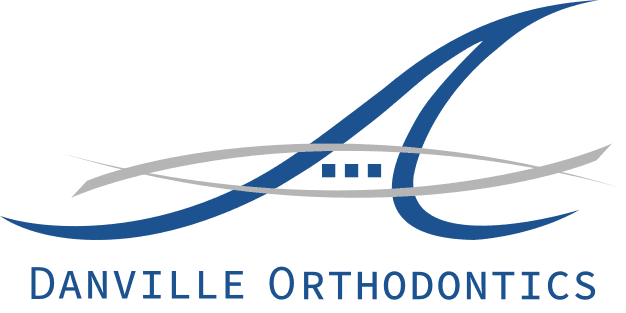Can you use surgery to treat Temporomandibular Joint disorder?
Where your jawbone and skull connect, there is a hinge-like joint called the temporomandibular joint (TMJ). Your jaw may move up and down thanks to the TMJ, allowing you to use your mouth for various activities, including talking and chewing. A temporomandibular joint disorder prevents you from using the full range of motion in your jaw by causing pain, stiffness, or lack of mobility in your TMJ.
If less invasive therapies, such as mouthguards or oral splints, are unsuccessful in lessening the intensity of your symptoms, surgery is the option to treat a TMJ issue. Surgery could be the only option for specific individuals to regain full TMJ function.
Who needs TMJ surgery?
Your doctor may advise TMJ surgery if:
- You experience constant, severe pain or soreness while opening your mouth.
- Your mouth cannot be fully open or closed.
- You have difficulty chewing or swallowing due to jaw pain or immobility.
- Even with rest or other nonsurgical therapies, your pain or stiffness worsens.
- Your jaw joint has unique structural issues or disorders detected through imaging tests like an MRI.
It's crucial to have your mouth examined by a dentist or oral surgeon with experience in TMD.
To decide whether surgery will be helpful for your symptoms, they will thoroughly examine your symptomatic history. If nonsurgical options fail, surgery is the last resort.

What are the types of surgeries to treat temporomandibular joint disorder?
Various TMJ surgeries may be appropriate depending on your symptoms or how severe they are.
Arthrocentesis
You receive arthrocentesis by having fluid injected into your joint. The juice can help relieve the pressure that makes a joint uncomfortable or stiff by removing any chemical remnants of inflammation. Moreover, this surgery allows you to regain some jaw movement due to this surgery.
Arthrocentesis is a minimally invasive procedure; you can return home the same day. The success rate is high, and the recovery time is brief. A 2012 study found that:
"Arthrocentesis typically results in an 80% reduction in symptoms."
Since arthrocentesis is less invasive and has a higher success rate than other, more involved procedures, it is frequently used as a first-line treatment.
Arthroscopy
Surgeons perform arthroscopy by opening one or more tiny holes in the skin above the joint.
In this surgery, the surgeons reach the joint by inserting a small tube known as a cannula into the hole. An instrument with a light and camera known as an arthroscope is used to see into your joint. The arthroscope will then be inserted into the cannula by your surgeon.
Your surgeon will then be able to operate on the joint using tiny surgical instruments put through the cannula once everything is ready.
The recovery period following arthroscopy is shorter than that following traditional open surgery.
Open-joint surgery
During open-joint surgery, an incision a few inches long is made over the joint, so your doctor can do surgery on the actual joint. This kind of TMJ surgery is typically only for patients with severe TMJ disorders that include:
- Inability to reach the joint with arthroscopy due to excessive tissue or bone development
- Fusion of the joint's tissue, cartilage, bone (ankylosis), or both.
- Your surgeon can remove bony outgrowths or extra tissue by doing open-joint surgery.
Open surgery requires a longer recovery than an arthroscopic operation, but the success rate is still relatively good. According to a 2013 study, pain and range of motion had improved by 61 and 71%, respectively.
How long it takes to recover from TMJ surgery?
The timeframe of recovery following TMJ surgery varies by patient and type of procedure. Most TMJ surgeries are outpatient procedures, so you'll be able to leave the hospital and return home the same day.
On the day of the procedure, make sure someone is present to drive you home because the anesthesia may cause you to feel a little lightheaded.
What are the complications related to TMJ surgery?
A permanent range of motion decrease is the TMJ surgical consequence that occurs most frequently. Other potential issues include:
- Face nerve damage can occasionally cause a partial loss of facial muscle action or sensation.
- Injury to adjacent tissue, including the blood vessels, skull base, or hearing-related anatomy.
- Infection at the surgical site before, during, or after the procedure.
- Limited range of motion or ongoing discomfort.
Conclusion
If your jaw pain or tenderness interferes with your daily activities or prevents you from eating or drinking, schedule an appointment with your doctor or dentist as soon as possible.
Surgery is frequently a final option for the most challenging situations and does not always result in a recovery. Furthermore, if nonsurgical treatments, drugs, or lifestyle changes help to relieve your TMJ pain, you might not require surgery. However, if more conservative treatments aren't working or your symptoms worsen, let your healthcare professional know.
Contact your Danville dentist, Dr. Hoss Abar, DDS, MSD at Danville Orthodontics, to learn more about the temporomandibular joint disorder.
Resource:
This media/content or any other on this website does not prescribe, recommend, or prevent any treatment or procedure. Therefore, we highly recommend that you get the advice of a qualified dentist or other medical practitioners regarding your specific dental condition.
